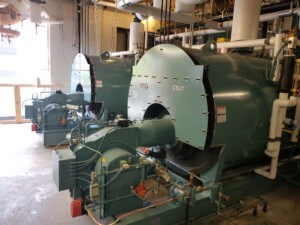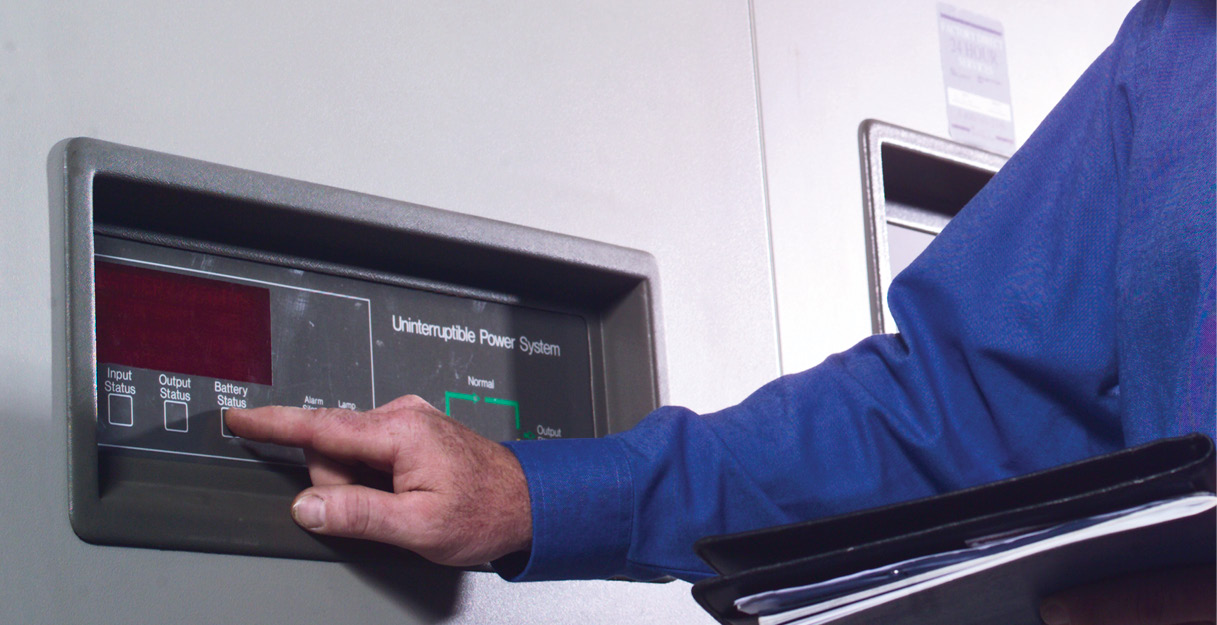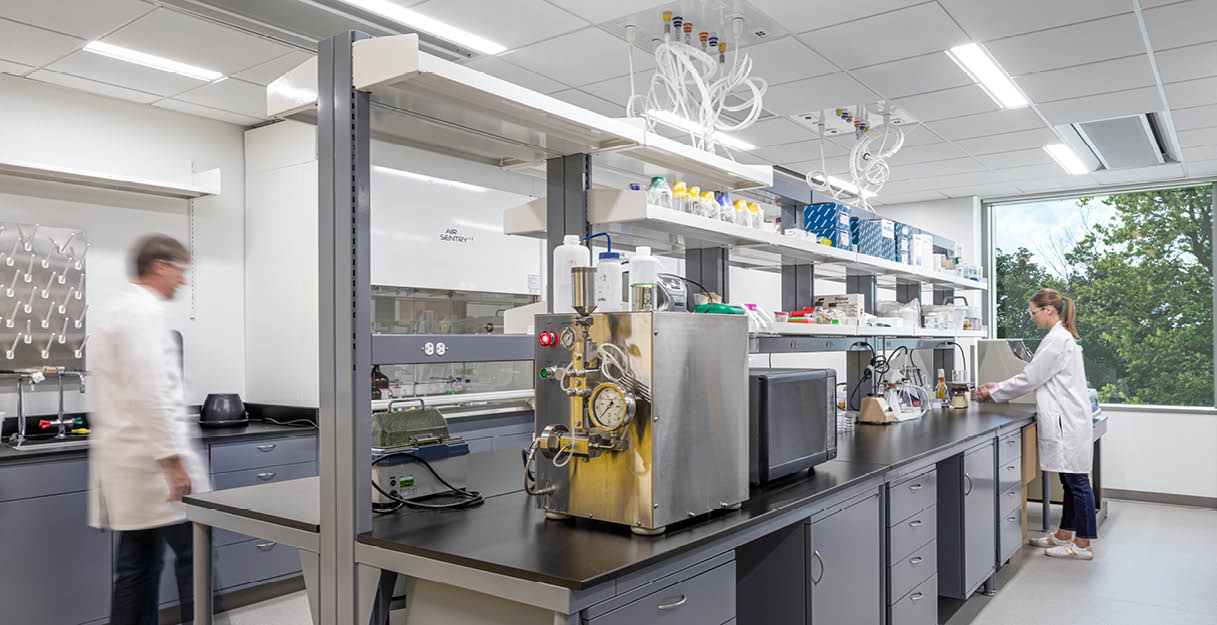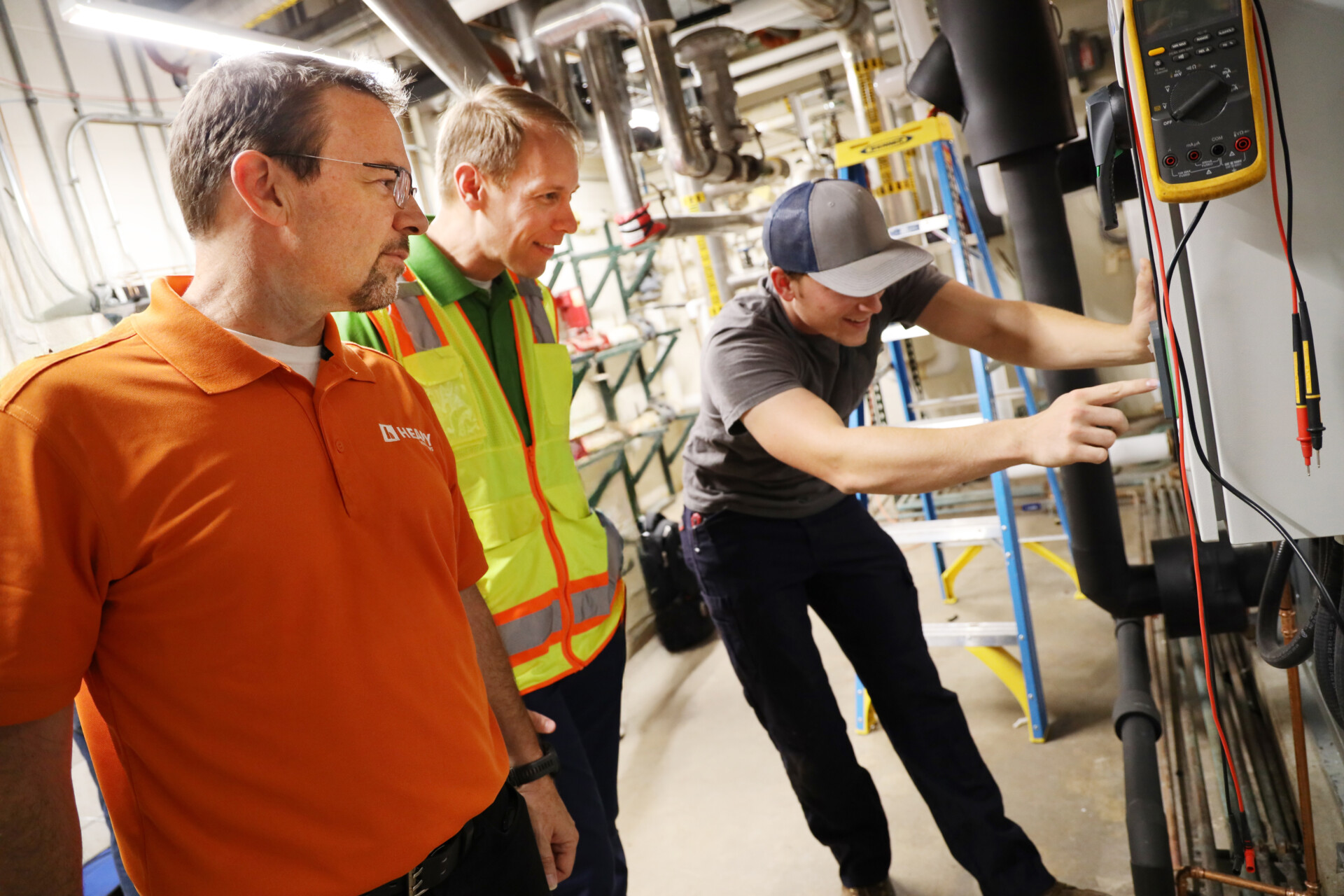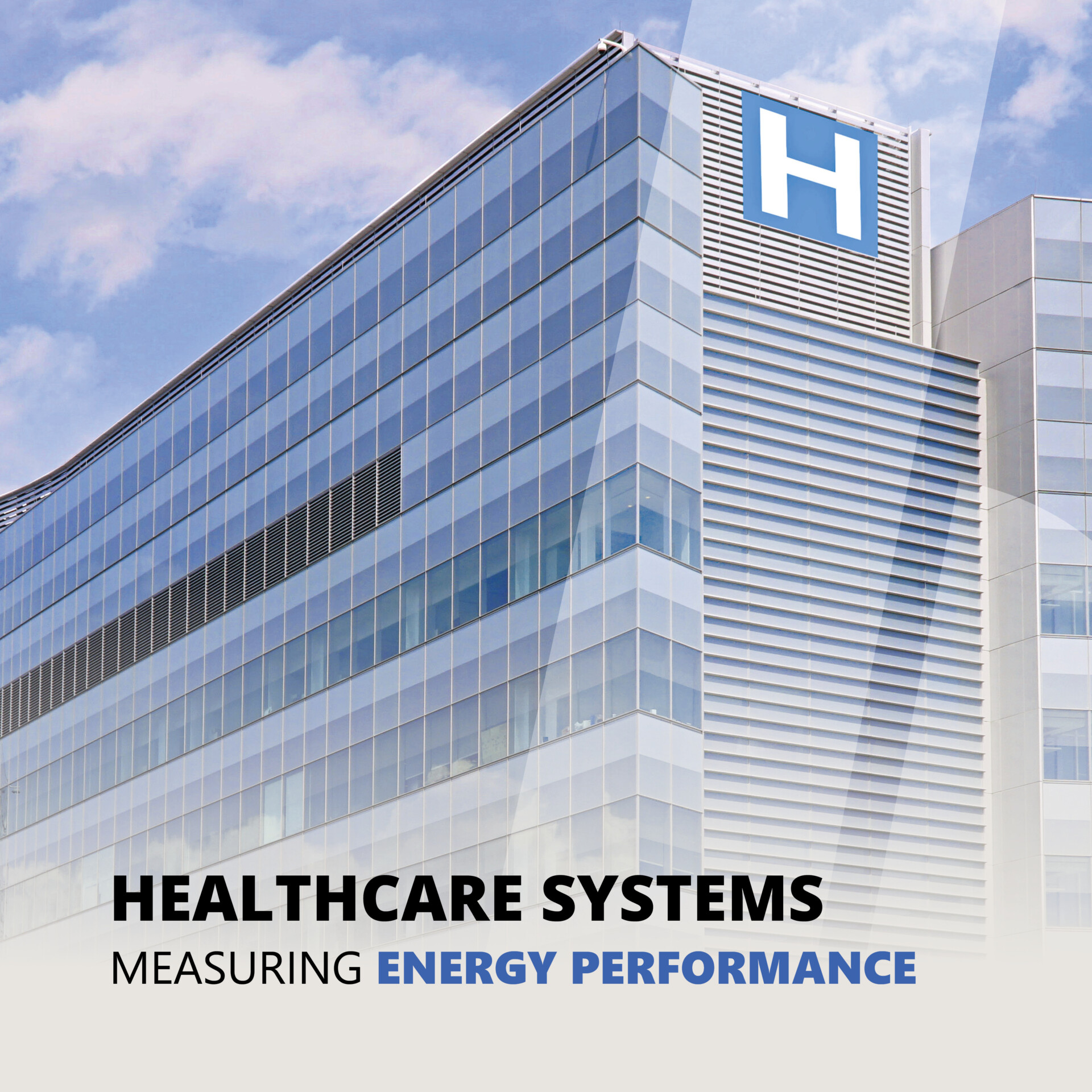
Healthcare organizations face a brutal paradox: revenue pressures intensify while operating expenses spiral upward. Yet most hospitals and health systems overlook a significant drain on their bottom line—their buildings.
The facilities operating in support of your mission are costing you more than they should. Much more.
At HEAPY, we’ve assessed hundreds of healthcare facilities across the country, and the pattern is consistent: organizations operating without an understanding of current energy performance – essentially flying blind. They’re making capital decisions, approving maintenance budgets, and accepting utility bills without understanding whether their buildings are performing efficiently or are hemorrhaging money.
You Can’t Manage What You Don’t Measure
Here’s the uncomfortable truth: most healthcare organizations don’t know if their buildings perform well or poorly compared to similar facilities. They haven’t been benchmarked against regional or national standards.
This knowledge gap costs millions annually. We’ve identified facilities consuming twice as much energy as they should, not because of aging infrastructure alone, but because no one measured, analyzed, or acted on performance data.
The first step is understanding where you stand.
A comprehensive energy benchmark reveals:
- How does your facility compare to similar healthcare buildings regionally and nationally
- Where immediate opportunities exist to reduce waste
- What your energy spend should be versus what it is
Five Strategic Interventions That Drive Real Savings
Once you understand your baseline, you can deploy targeted strategies that deliver measurable results:
1. Optimize Building Controls and Automation
Most healthcare facilities operate with outdated control sequences or override settings implemented years ago and never corrected. We routinely find systems running at full capacity during unoccupied hours, simultaneous heating and cooling, among other HVAC inefficiencies.
These aren’t capital projects; rather, operational adjustments that reduce energy consumption by 10-20% with minimal investment.
2. Implement Preventive Maintenance Protocols
Equipment degradation directly impacts energy efficiency. A boiler operating at 70% efficiency versus 85% efficiency burns money (literally). Dirty coils, worn belts, and clogged filters force systems to work harder and consume more energy.
Strategic preventive maintenance prevents system failures that trigger emergency repairs at premium costs while simultaneously improving efficiency. This isn’t deferred maintenance; it’s strategic cost management.
3. Optimize Systems
Healthcare facilities are evolving. Departments relocate. Usage patterns shift. Yet many buildings operate equipment sized for loads that no longer exist.
We’ve identified facilities for cooling empty wings at full capacity and operating chillers far below their efficient operating range. Right-sizing through controls adjustments, phased operations, or strategic equipment modifications reduces both energy consumption and maintenance costs.
4. Upgrade Lighting and Plug Loads
LED lighting retrofits deliver fast paybacks, often under three years. But the opportunity extends beyond fixtures. Occupancy sensors, daylight harvesting, and plug load management compound savings.
These tactical interventions require modest capital but generate immediate, quantifiable returns that directly impact your operating budget.
5. Develop Data-Driven Capital Planning
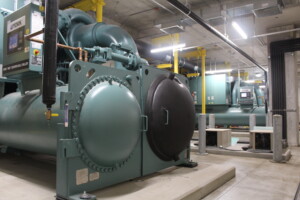 This is where strategic thinking separates high-performing organizations from those perpetually reacting to failures. Equipment replacement decisions should align with energy performance, lifecycle costs, and operational risk, not just catastrophic failure.
This is where strategic thinking separates high-performing organizations from those perpetually reacting to failures. Equipment replacement decisions should align with energy performance, lifecycle costs, and operational risk, not just catastrophic failure.
A 25-year-old chiller limping toward failure isn’t just an operational risk; it consumes excess energy every day it operates. Strategic capital planning accelerates replacement of the worst performers while extending the life of efficient systems, optimizing both capital deployment and operating budgets.
Near-Term Actions, Long-Term Strategy
The organizations winning this battle execute on two timelines simultaneously:
- Immediate interventions address low-hanging fruit: operational adjustments, controls optimization, and preventive maintenance that reduce costs within 90 days.
- Strategic capital planning sequences equipment replacements based on performance data, not emergency response. This approach reduces long-term operating costs while managing capital budgets more effectively.
The HEAPY Advantage: National Reach, Local Expertise
Our national footprint gives us unique visibility into what works across diverse climates, facility types, and operational models. We don’t guess. We know what high-performing healthcare facilities achieve because we’ve helped them get there.
We’ve guided organizations through comprehensive energy assessments that identified $2M+ IN ANNUAL SAVINGS opportunities. We’ve designed and commissioned systems that cut energy consumption by 30-40% while improving patient and staff comfort. We’ve developed capital plans that prioritize investments based on data, not desperation.
Through a strategic partnership with a large non-profit hospital, dating back to 2020, HEAPY has driven over $2.6 MILLION IN CUMULATIVE COST SAVINGS through Intelligent Building Management, and individual hospital sites have experienced EUI reductions of up to 17% from baseline.
Stop Accepting Unnecessary Costs
Revenue challenges and rising expenses demand aggressive cost management. Your buildings represent one of the largest controllable expenses in your organization. The question isn’t whether you can afford to optimize building performance. It’s whether you can afford not to.
Given their razor-thin operating margins, determining the revenue equivalent of building optimization can be an extremely compelling call to action for healthcare organizations. For example, to generate the same bottom-line impact that was created through Intelligent Building Management, a large non-profit hospital would have needed to drive over $55 million in additional healthcare revenue over the same time period.
Most healthcare organizations already own the solution; they just need the expertise to unlock it. Benchmark your facilities. Identify opportunities. Execute strategically. The savings aren’t theoretical. They’re sitting in your buildings right now, waiting for someone to act.
Ready to understand what your buildings are really costing you? Let’s start with a conversation about where you stand and where you can be.
For more information reach out to:
